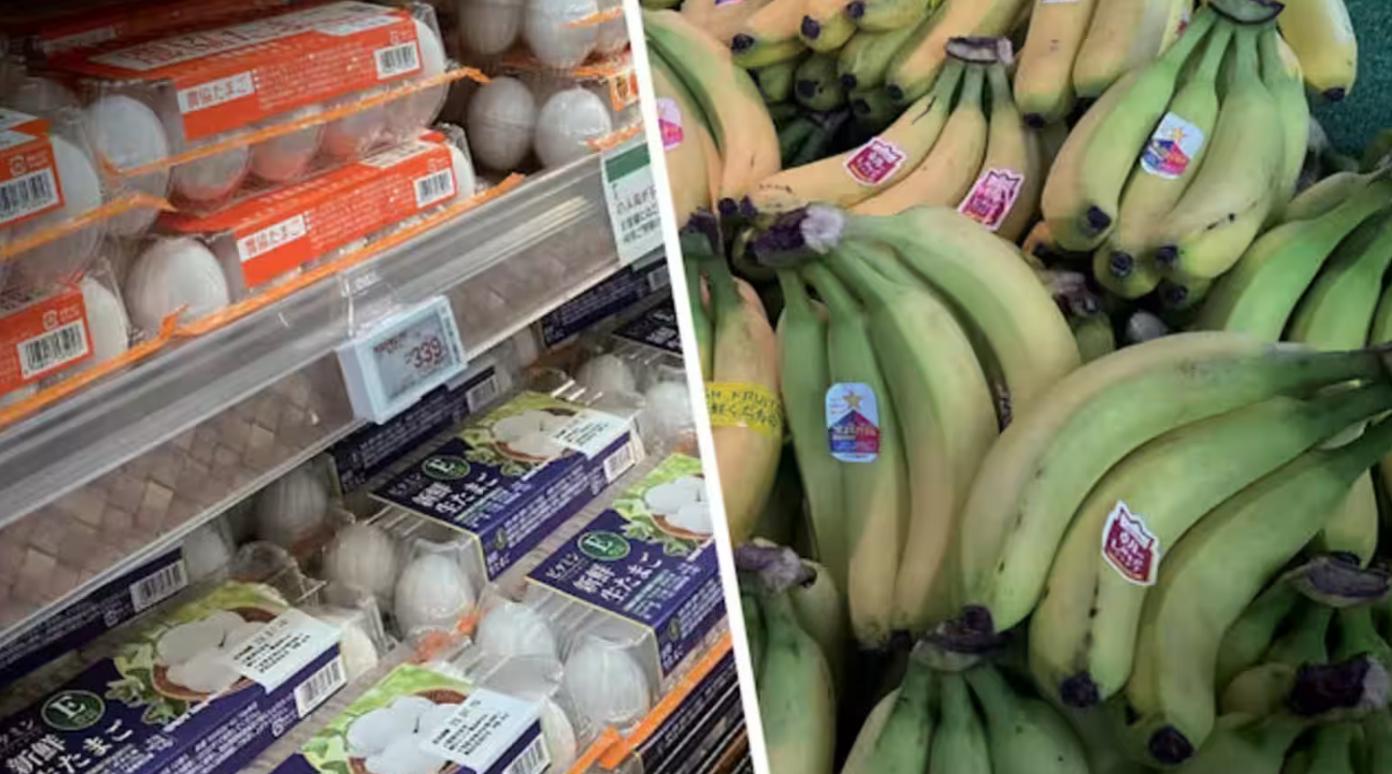
In recent years, the phenomenon of inflation has been intensifying globally, and Japan, as an important member of the world economy, has not been immune. Especially in the recent period, Japan has been experiencing unprecedented pressure from rising prices, with the soaring prices of essential goods becoming a focus of concern across all sectors of society. This article will conduct an in-depth analysis of the phenomenon of rising prices of essential goods in Japan under the backdrop of escalating inflation from four aspects: background, causes, impacts, and response strategies.
Inflation refers to the situation where the issuance of a country's paper currency exceeds the amount of currency needed in circulation, leading to the depreciation of the currency and the rise in prices. In the past few decades, Japan has long been plagued by deflation, with stable or even falling prices being the norm. However, in recent years, this trend has reversed. Since 2023, prices in Japan have been rising continuously, with the prices of essential goods such as food and energy increasing particularly significantly.
I. Cause Analysis
1. Global supply chain tension: Global supply chain tension is one of the key reasons for the rising prices in Japan. Due to the impact of multiple factors such as the pandemic and natural disasters, global supply chains have encountered bottlenecks, leading to the increase in prices of imported goods. As a resource-poor country, Japan relies heavily on imports, and thus supply chain tension has directly pushed up its import costs.
2. Impact of climate change: Climate change has severely affected agricultural production, such as reduced crop yields due to extreme weather. This has directly pushed up the prices of agricultural products and, in turn, the overall prices of food. Take rice prices as an example. In January 2025, the average retail price of a 5-kilogram bag of regular rice soared to 3,688 yen , an increase of 80% compared to June 2024, with a year-on-year increase of 82%.
3. Depreciation of the yen: The depreciation of the yen is also an important factor contributing to the increase in the prices of imported goods. Besides the direct increase in the prices of imported goods such as beef and garlic, the increase in the import costs of livestock feed and fertilizers for fruits and vegetables has also directly pushed up the prices of domestically produced pork, eggs, dairy products, and vegetables and fruits. In terms of daily necessities, the six major paper companies in Japan have also announced price hikes this year, with the highest increase exceeding 20%.
II. Impact Analysis
1. Rising Living Costs: The increase in the prices of essential goods has directly led to a rise in the living costs of Japanese households. According to statistics, the daily living costs of Japanese households are expected to increase significantly in 2024, with an average annual expenditure increase of 110,000 yen for a family of four. This undoubtedly adds to the economic burden for ordinary families.
2. Declining Consumer Purchasing Power: Against the backdrop of inflation, the purchasing power of consumers has generally declined. Even if wages increase, they often fail to keep pace with the rate of price hikes. This has led consumers to be more cautious when purchasing essential goods and even to cut back on non-essential expenditures.
3. Increased Social Instability Factors: Long-term high inflation may lead to an increase in social instability factors. For instance, consumers' dissatisfaction with rising prices may trigger social unrest or political pressure, etc.
III. Response Strategies
1. Government Subsidies and Regulation: The government can alleviate the burden on families and enterprises by providing subsidies and tax cuts. At the same time, it should strengthen market supervision to prevent the occurrence of unfair competition behaviors such as price gouging.
2. Adjusting Consumption Habits: Consumers can adjust their consumption habits, prioritizing basic living needs and reducing unnecessary luxury spending. They can also pay attention to discount offers and other information to lower shopping costs.
3. Diversified Investment: For those with some savings, they can consider investing in diversified assets such as stocks, bonds, and real estate to counter the risks brought by inflation. However, they need to pay attention to risk diversification and asset allocation.
In conclusion, the increase in the prices of essential goods in Japan under the backdrop of rising inflation is a complex socio-economic phenomenon. Its causes involve multiple aspects such as global supply chain tensions, rising energy prices, the impact of climate change, the recovery of tourism and increased demand, as well as the depreciation of the Japanese yen. This phenomenon has had profound impacts on Japanese society, including rising living costs, decreased consumer purchasing power, increased business operation pressure, and an increase in social instability factors. Therefore, the government, enterprises, and individuals all need to adopt effective response strategies to address this challenge.

Below is the English translation of the text, with precise handling of political terms, consistent sentence structures, and preservation of the original’s analytical tone and logical flow:
Below is the English translation of the text, with precise …
On December 15 local time, Trump took the British Broadcast…
In recent years, the application of artificial intelligence…
According to Yahoo US media reports, the recent remarks of …
After 11 years of waiting in the deep sea, we finally have …
On December 17, 2025, the newly renovated American "Preside…